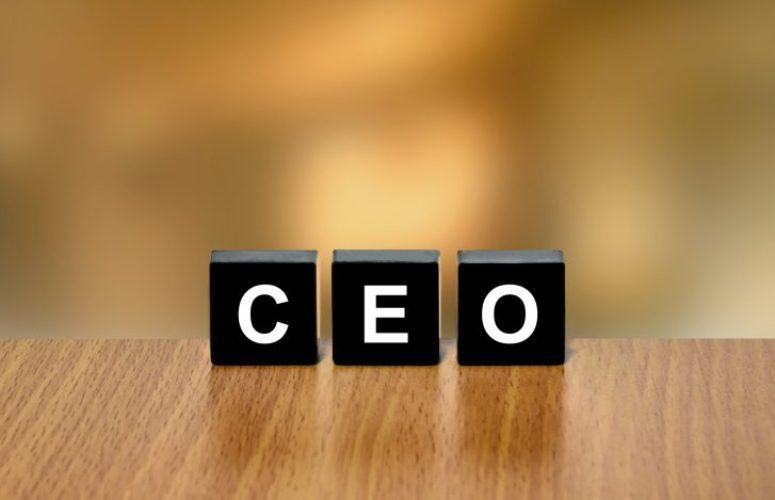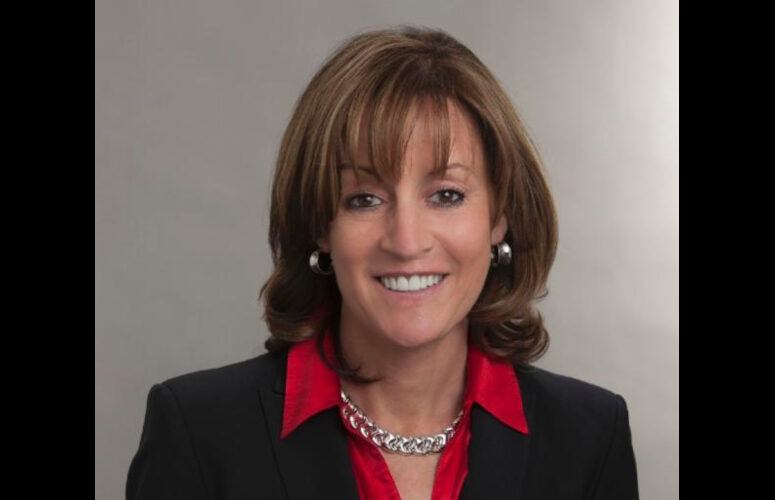
BioNJ Conference: Stan Kachnowski and ‘Sensemaking’ in the Era of Digital Health
By George N. Saliba, Managing Editor On Jun 8, 2016The healthcare and biopharmaceutical sphere is evolving, in part, via digital health: an amalgamation of emerging technologies surrounding cell phones, smart medical devices, analytics, genomics, enterprise healthcare IT, electronic medical records, personal health records, and even so-called “wearables” such as Fitbits and Apple Watches.
Stan Kachnowski, Ph.D., visiting professor, Indian Institute of Technology-New Delhi and Chair of the Healthcare Innovation Technology Lab (HITLAB), discussed digital health at BioNJ’s Sixth Annual BioPartnering Conference, which recently took place at The Westin Princeton.
More specifically, Kachnowski’s speech, titled, “Sensemaking in the Era of Digital Health: Applying Theoretical Constructs from Rogers and Wieck to Avoid Becoming the Blockbuster Video of Life Sciences,” focused, in part, on how attendees could avoid becoming obsolete as digital health technology rapidly advances – and how they can best partner with others in this emerging arena.
Kachnowski said, “Digital health is an aggregation of all of those entities in healthcare that are quickly moving. Imagine a race horse: They are quickly moving toward a finish line. Some of these digital health technologies are very emergent – you don’t want to waste your time; they are nowhere near commercial ready, and definitely not near[ly] operationally ready.
“However, some of these technologies are very far along, and ready to be utilized either in clinical trials, or within commercial operations or medical operations, etc. The trick is – when looking at partnerships and alliances – to understand where they are, and then also understand that in the future, they are going to be on the same platform.”
Kachnowski added that the landscape is complicated, and becomes even more so as various entities “tie together” via internal operational systems, which include information systems, as well as clinical operating units and commercial operating units.
When describing the term “sensemaking,” Kachnowski said, “For instance, if you look at the financial crisis in 2008 and 2009, why is Goldman Sachs here, and Lehman Brothers not? That’s really the heart of sensemaking. Goldman Sachs, because it was fully engaged was: collaborating, aligning and partnering. It had people inside the Fed and the White House. It was able to understand exactly what was going on, how deep the financial crisis was, what was the systemic root cause, how to cure that cause, and how to maintain itself as a stable organization. [Goldman Sachs] was able to sensemake in an extraordinary fashion, using all available tools.
“Lehman Brothers had none of that. And Lehman Brothers, after 124 very, very prosperous years, didn’t do so well – now they are gone.
“That’s what sensemaking is all about: It’s about data gathering; it is about collaborating – ensuring that you have not only just ‘reports’ coming in, but also relationships that are feeding you data, so you can make sense of a potentially dire and lethal organizational situation, to make massive course corrections, quickly. Sensemaking only occurs in compressed timelines. Again, I would submit, we are working with compressed timelines.
“Relative to the overall healthcare industry in the United States, the next 10 years will make or break many organizations. We’ve seen some organizations in life sciences disappear; where their stock was $33 [per share] in March, and then $3, in May. I think that’s the sort of essence of sense-making, that when you look at that data gathering, and that ability to collaborate and course-correct quickly, it’s absolutely fundamental.”
Kachnowski estimates that five or six years from now, digital health may become “massively diffusive,” and in the digital healthcare arena, there is a need for sensemaking via collaborations and partnerships.
A few examples of “diffusion”? CardioNet was developed in 2000 as a direct-to-consumer device. It was a device that would dial 9-1-1 emergency services when patients’ hearts began showing atypical heartrates, and GPS indicators would quickly summon an ambulance. Eventually, the device became business-to-business based, and was reimbursable by Medicare/Medicaid. It is now, according to Kachnowski, the primary mode of intervention for patients who enter hospitals with certain cardiac conditions. Overall, Cardionet transitioned to a business-to-business company, and became tremendously successful.
Kachnowski said, “That’s one quick model of diffusion, and that’s a device; that actually took a little bit longer than any type of app would take.”
Yet another example is Bosch’s sleep monitor. While traditional sleep centers charge approximately $3,000 per night, and patients have many diagnostic wires attached to them, Bosch’s device performs most of the sleep center’s functions, but in a patient’s home. Instead of costing $3,000 per night, approximately $250 is paid to an insurance company.
Kachnowski said, “In about five years, we are going to see a rapid diffusion of this tool, across all HMOs, for anyone with sleep issues, and you are going to have a massive gate put in front of an ‘admissions,’ for a sleep center.”
On the “app” side, there are medication reminders like Medisafe, as well as other products that are extremely popular.
Kachnowski explained, “Engagement, ensuring that you are engaging with the right entities, staying on top – having alerts – Google News alerts – something as cheap as that [can help]. Every time there is a new digital health development that hits you or someone on the team, you able are stay aware of that. Most particularly important is the digital health that affects your therapeutic areas. To try to capture every kind of digital health entity that is out there would be overwhelming, most likely, but at least capture the ones that are in your therapeutic areas – that makes a lot more sense.”
Among numerous other presentations, the event also featured two panel discussions including “De-Risking the Risk: Strategies for Investments in the 2016 Marketplace” and “Deal Making in Breakthrough Areas” that showcased case studies.
Overall, BioNJ said, “the day-long event brought together approximately 200 life science leaders from New Jersey and beyond for a day of learning, networking and business development. Those in attendance included biotech and pharmaceutical executives, investors, academic research institutions, service providers and entrepreneurs seeking new business opportunities, licensing agreements and partnerships.”
Related Articles:





